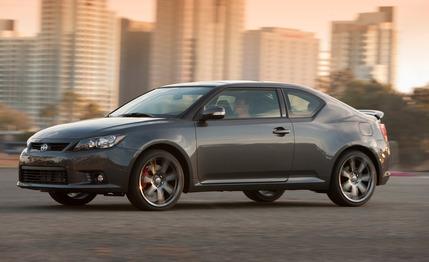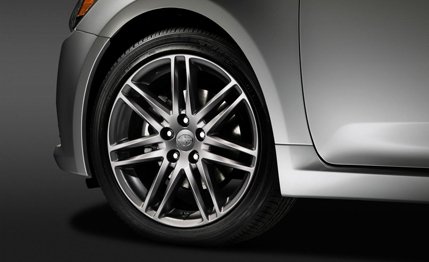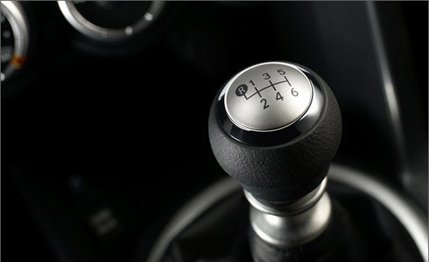 Short Take Road Test
Short Take Road Test
What Is It?
It’s the cheapest version of the most mundane Scion. Opting for the manual instead of settling for the automatic saves you $1000. Although the tC was redesigned for 2011, it takes a real Scion fan (um, anybody? Hello?) to tell the difference. The look is little changed, but every body panel is in fact new, and the result is a rounder, sleeker overall shape.
How Does It Drive?
Fitting for a product from a youth-oriented brand like Scion, the tC might be the perfect car for first-time manual drivers. The shifter has a welcome heft and is very direct, without the high-focus tightness of a Honda piece. The clutch pedal is neither smooth nor linear but is nearly idiot-proof. Initial takeup is slow, allowing a nervous left foot lots of play while the car first gets rolling, at which point the final engagement happens quickly. With the smallest blip of the throttle at any point in the process, first-timers will be rolling. (Actually, a small blip of the throttle is tricky, as the pedal is resistant to motion initially but requires little input to net large throttle openings.) Beginners also will find it helpful that the all-new 2.5-liter’s stall speed seems to be around the three-rpm chuff-chuff of an old single-piston farm engine.

Of course, like most beginners’ tools, the tC’s clutch is not one on which anyone will master the art. Its simple operation might put beginners at ease, but removing the novice’s fear from the equation is where the tC’s suitability as a learning tool ends. The nonlinear motion and the lack of feel reinforce bad habits like overrevved starts and riding the clutch while making it ultimately unsatisfying for those who are already comfortable with a third pedal. Additionally, the pedals are spaced widely enough that the driver needs to wear work boots to successfully heel-and-(steel)toe. And since a quality work boot provides generous ankle support, minimizing the risk of injury by limiting ankle motion, that’s not really the optimal footwear, either.
Otherwise, we have the same praises for and complaints about this manual tC as we did the automatic car we tested previously. The steering is immediate and linear, although numb, and body control is very disciplined. Eighteen-inch wheels—standard on the tC—are probably too large for this car. The stiff suspension needs something with a bit more sidewall. We have to admit, though, that the wheels do look good.

How Does It Stack Up?
The $19,000-coupe market consists mostly of the Scion tC. Shading the boundaries a bit nets a diverse cast of competitors, from cars such as the Honda Civic and Fiat 500 around $16,000 to the Mini hardtop—all of which you’ll note are smaller inside than the Scion. The tC is quite spacious, even in the back seat. Although headroom in the second row isn’t the best, the high dash means that those in the front can ratchet their knees up and scoot forward a fair amount, leaving generous slouching space for back-seat riders. The most direct competitor for the tC is the four-cylinder Eclipse, which Mitsubishi isn’t going to make anymore after this year. But the tC does offer a compelling package for those who don’t think it looks too much like the old car.
What’s the Cost?
The car tested here starts at $18,995 and had no added options. Scion has an extensive list of factory- and dealer-installed extras, from audio and navigation systems to a litany of TRD pieces—most of which are reasonably priced. If, however, you go nuts and check every option box, you can get the tC up over $30,000. Don’t do that.